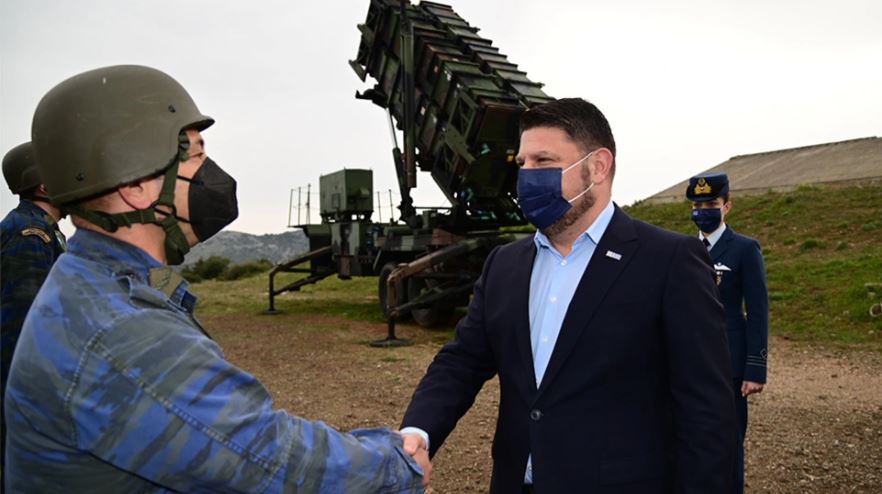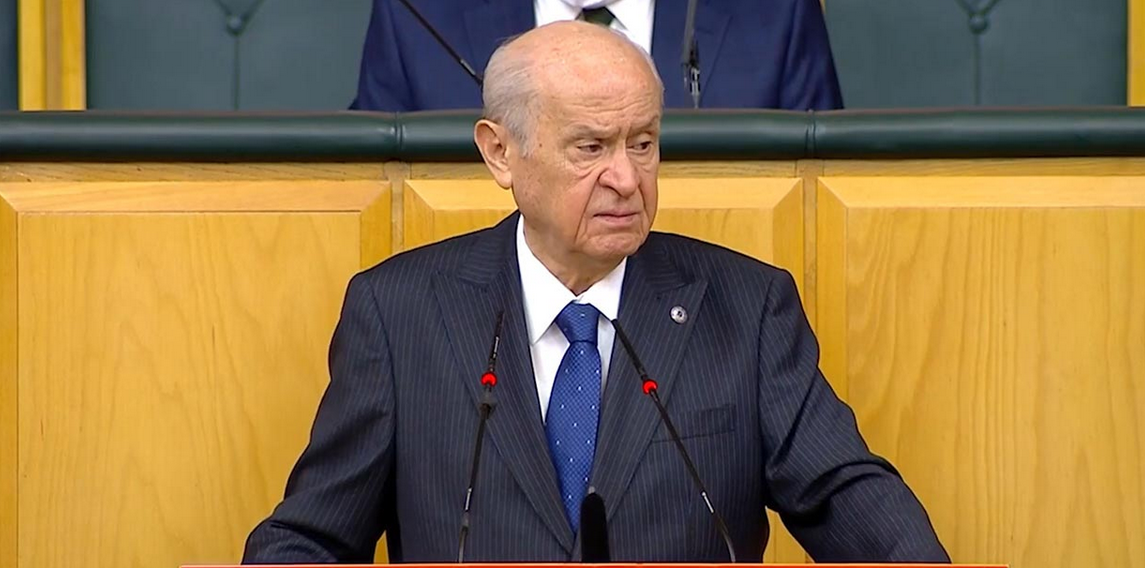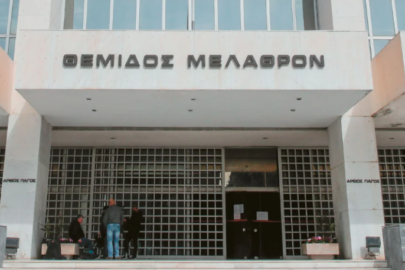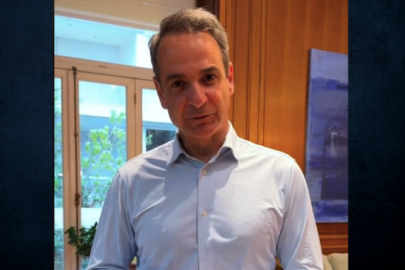While the world has been distracted by Russia’s invasion of Ukraine, Turkey, a member of the NATO alliance, has been busy harassing another NATO member, its Western neighbor, Greece.
Turkish military aircraft violated Greek airspace 90 times in one day, on April 15, and conducted three overflights of inhabited Greek islands, according to Greek media.
Turkish aircraft have, in fact, been violating Greek airspace almost non-stop since the beginning of the year.
According to Greece’s National Defense General Staff, Turkey violated Greek airspace every single day from April 11-13. Its F-16 fighter jets flew above the Greek islands of Panagia, Oinousses, and Farmakonisi. “The Turkish jets were identified and intercepted by Greek fighter jets as laid out by international law and practice,” the newspaper Kathimerini reported.
Meanwhile, on March 31, Turkish weapons manufacturer and defense contractor Roketsan, a subsidiary of the Turkish Armed Forces Foundation, introduced its new missile with a video targeting a Greek island in the Aegean Sea.
Russia Rejects German Gas Payment in rubles From Seized Russian Trading Unit
The news website Nordic Monitor reported:
“A simulation video produced for the promotion of the new missile includes messages for Greece. Military experts speaking to Nordic Monitor state that large arms-producing companies similar to Roketsan have made more global promotions for their international customers but that Turkish companies have been producing simulations targeting Greece and other neighbors for years.
“Experts who analyzed the images for Nordic Monitor said the location from where the missiles are fired in the video is the coast of Çeşme in the west of Turkey and that the satellite map in the video has been reproduced with minor changes.
“They also state that the real islet and rocky images visually featured in the video confirm that they are the shores of Çeşme. In this case, the place shown as the enemy in the video is the Greek island of Chios, which is 4.1 miles from the Turkish coast.
“In the video, the Turkish side appears subliminally to be friendly forces, or according to military terminology, as blue forces, while the other side is defined by the color red, which means enemy.
“In this case, it is certainly no coincidence that the missiles were fired from east to west in the video. In such videos, missile simulations are generally from left to right, but in the ÇAKIR video, missiles are fired from right to left and enemy targets are destroyed, giving a subliminal message that the target is Greece.”
In fact, Turkey — both its government and political opposition — has for years openly been threatening to capture Greek islands in the Aegean Sea. And as Turkey’s recent violations of Greek airspace, the Roketsan video, and statements by Turkish officials demonstrate, Russia’s invasion of Ukraine seems to offer a convenient precedent for Turkey to increase its military aggression against Greece.
Turkey claims that Greece has been violating international agreements by stationing troops and armaments in the eastern islands in the Aegean Sea. Greece has repeatedly dismissed these charges by responding that as long as there is a Turkish military threat to these islands they will not be demilitarized.
Read more: Gatestone Institute








































